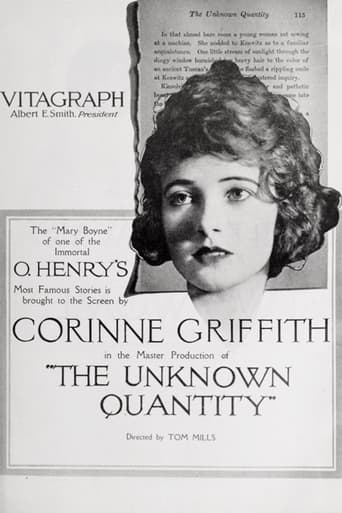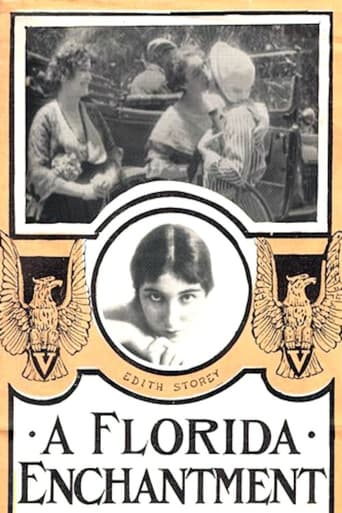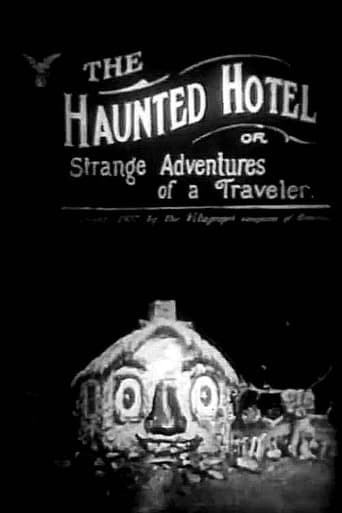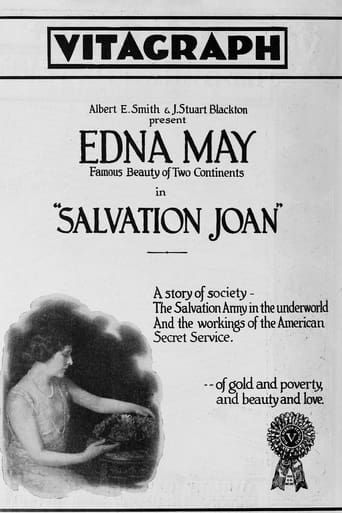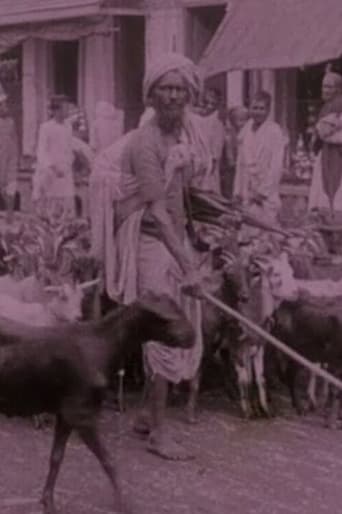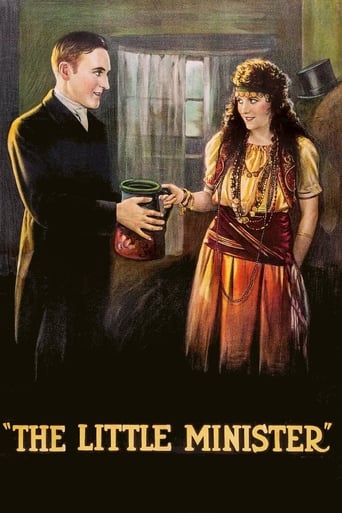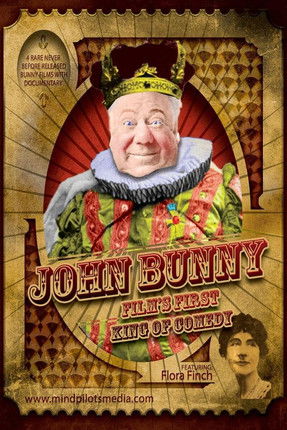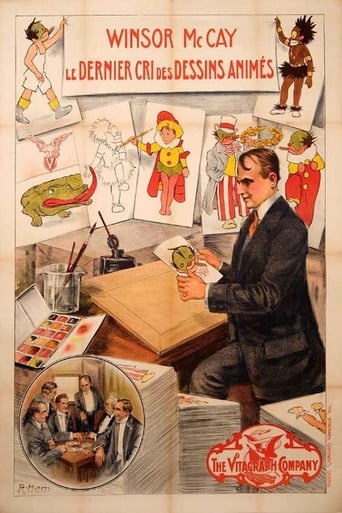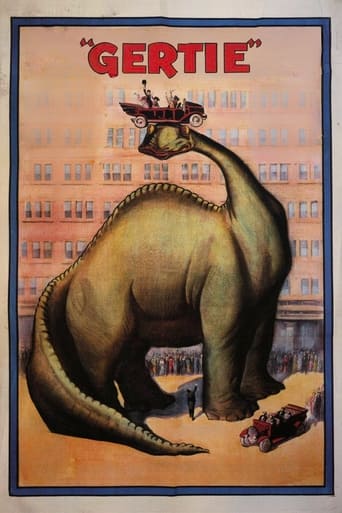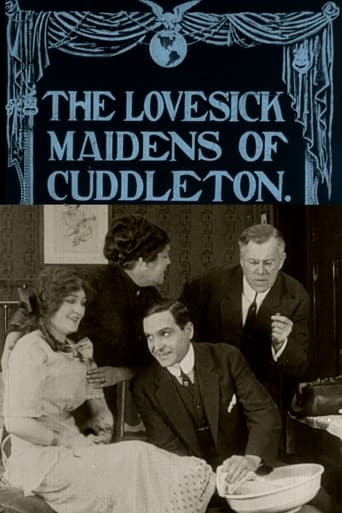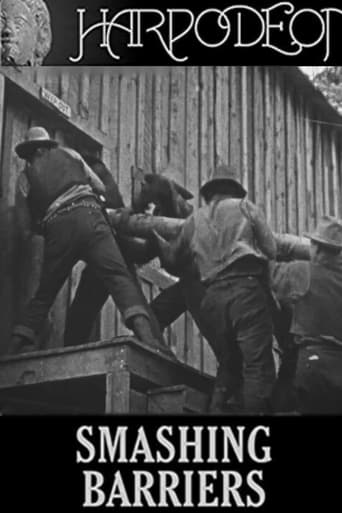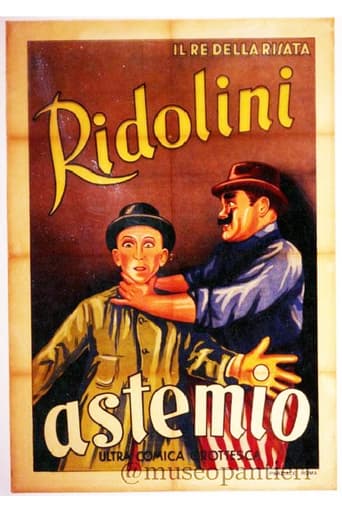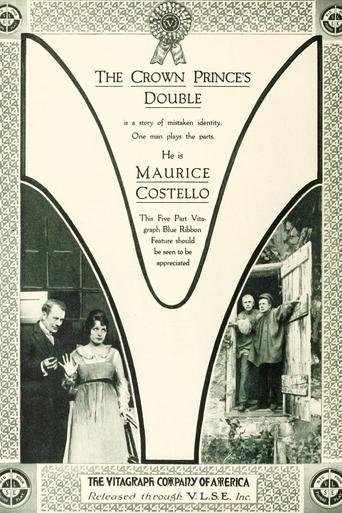From his apartment, where he lives a cheerless widower's life, overlooking Washington Park, Alan Dale sees a refined, but poverty-stricken old gentleman on one of the park benches. Calling his butler, he instructs him to go down and tell the old man he would like to see him. When the butler approaches the elderly man the old fellow is somewhat skeptical, but finally consents to go with him. Alan receives his guest cordially and tells him why he has requested him to come and invites him to dinner. During the meal the old man tells his life's story: how he married a young woman, and after the birth of a little daughter, she died. How his daughter had married a young fellow and gone to live in New York, and how he had lost his money. The last news he had received of her was of her death.
